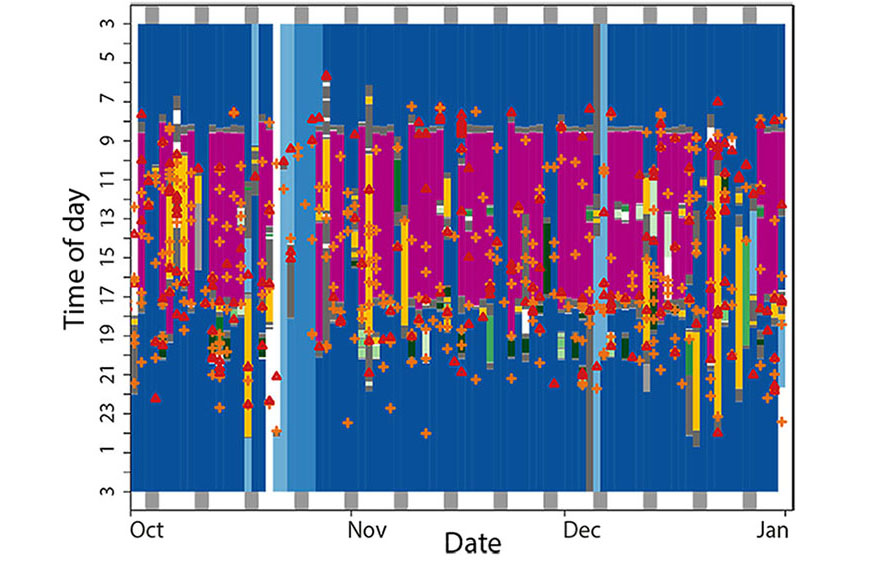Navigation auf uzh.ch
Navigation auf uzh.ch
Estimating transport demand is one of the key information for city and transport planners. It is determined by origin, destination and time of the day that people move from place to place.

Traditionally assessed with travel surveys, GPS-sensors have become a feasible, but still expensive alternative to assess transport demand. A different solution is offered by Call Detail Records (CDR), which contain information about calls and text messages users send and receive, as well as about the telephone masts that received or transmitted them. The amount of CDR varies during the day depending on the mobile use. This typically means less data availability during the night, when the users sleep and higher availability in the morning and evening when many users are on the way to work and home, respectively. In this paper the authors used this information contained in CDR to provide temporal and spatial estimates of the location of participants that were also willing to share their true (GPS) position which allowed for an evaluation of the quality of the estimates. The authors demonstrate the potential of CDR for the spatio-temporal analysis and reconstruction of user movement patterns using different algorithms that could be applied to larger groups of people.
Oliver Burkhard, Rein Ahas, Erki Saluveer, Robert Weibel